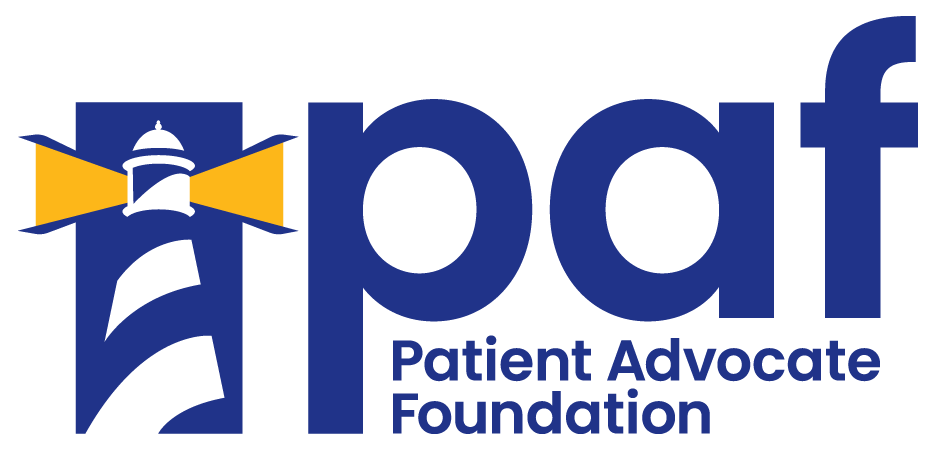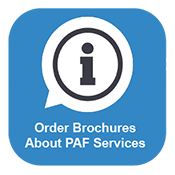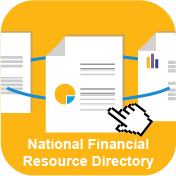The Ins and Outs of Private Health Insurance
Learning about your health insurance plan and communication with health insurance providers isn’t always a breeze.
All coverage terms vary depending on your out-of-pocket costs, which is why it’s really important to get to know your plan. There are several ways they can differ, including annual deductible amounts, co-pays, and prescription amounts.
Private Health Insurance:
There are two types of private group health insurance policies: fully insured and self-insured. It’s important to first understand what type of insurance you have because consumer protections are applied differently depending on your plan.
- Fully Insured – a traditional way to structure an employer-sponsored health plan. In this case, the employer pays a premium to the insurance carrier and the insurance carrier pays the health care claims based on the coverage benefits outlined in the policy.
- Self-Insured – when an employer operates their own health plan as opposed to purchasing one from an insurance carrier. Employers may be drawn to this method because it allows them to save money that they would have paid the insurance carrier. However, it does make the employer vulnerable to a great deal of risk in the event there are more claims than expected to be paid.
Your employee benefits manager or human resources personnel is a great point of contact to reach out to if you have any questions about your employer sponsored plan. Here are some types of plans you may see:
- Health Maintenance Organization (HMO) – In exchange for a monthly payment, also known as a premium, an HMO provides comprehensive healthcare. In this plan, your Primary Care Provider (PCP) is who you want to reach out to first. If you need care outside of what your PCP can offer, they will refer you to another provider.
- Point of Service Plan (POS) – This plan offers a little more flexibility than a HMO. If your PCP makes specialty recommendations, they will likely make them within your network. However, if they do not, it is likely you will pay a higher co-pay or coinsurance. To help minimize costs, always request that the doctor makes the recommendation within your network if applicable.
- Preferred Provider Organization (PPO) – This plan provides the patient access to a network of preferred providers, also known as in-network doctors. This means the list of doctors have been approved by your health insurance plan. Your out-of-pocket expenses will be less if you use a provider within the plan, however if you use a doctor that is out of network, you will still receive some reimbursement. This type of plan is typically more expensive but they include a larger network of doctors, including specialty doctors.
- Exclusive Provider Organization (EPO) – This plan is similar to a HMO plan in that members are required to use network doctors. However, unlike a HMO plan, it is not necessary to select a PCP, you do need to contact a PCP for specialist referrals.
- Fee-for-Service (FFS) – This plan is not as common. If you are enrolled in this plan, it is important to keep good track of your medical records and expenses, as the FFS only pays a percentage of what is standard in the area. FFS plans also require that you meet a yearly deductible before they will begin to pay claims.










